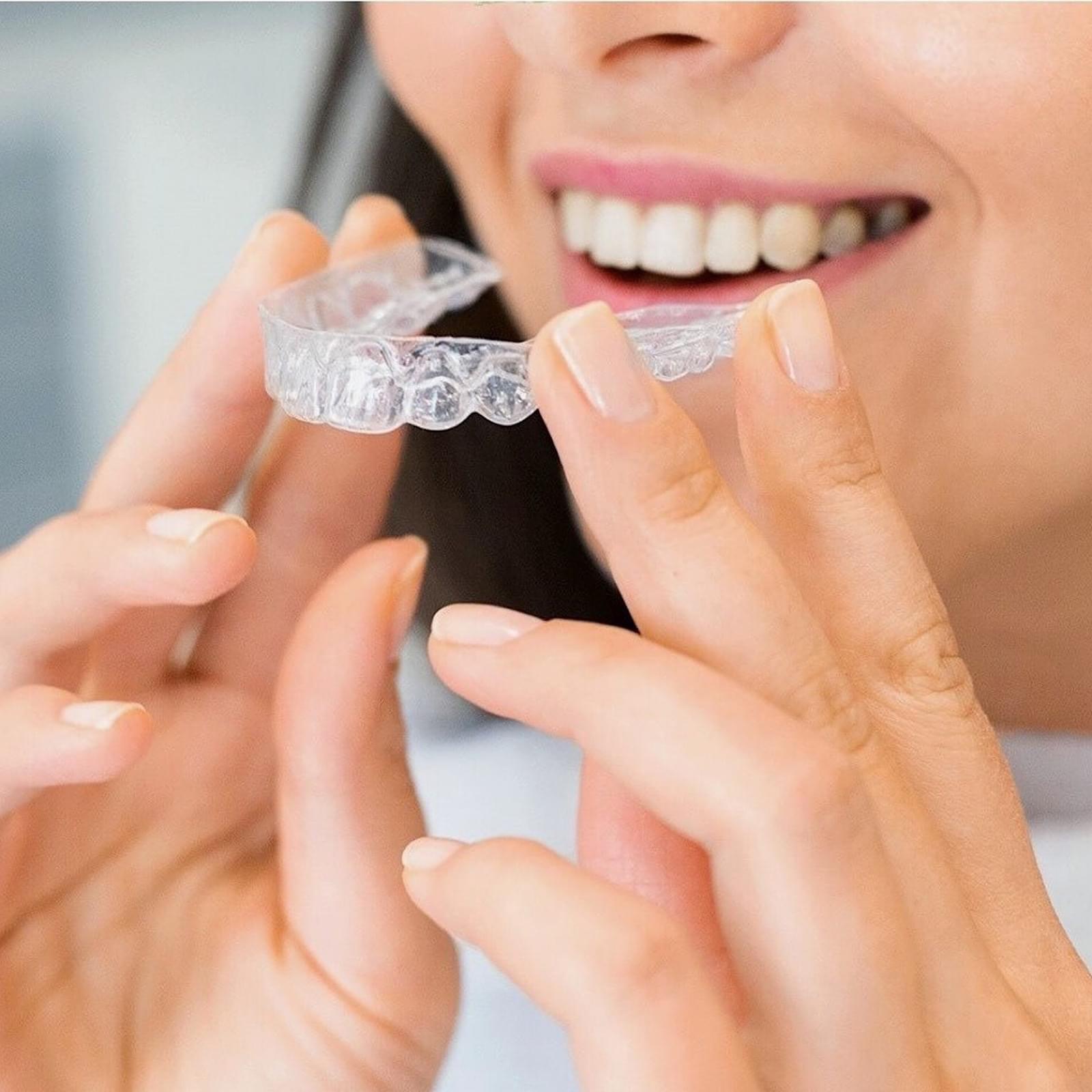There’s a silent epidemic that is hurting America’s children. It’s been labeled the “single most common chronic disease” by the Surgeon General, and it’s nearly 7 times more common as asthma and hay fever (i). The epidemic is tooth decay, a condition that leads to dental caries, cavities, oral infection, and gum disease.
Despite the growing number of children suffering with tooth decay, it is a subject that is seldom covered by major news and media outlets. Moreover, many parents are not advised— or ill advised— about the danger tooth decay presents to children, and the best ways to proactively prevent the condition from causing serious harm.
Most alarming, tooth decay is growing among American children between the ages of 2 and 11, a vital period that sets the stage for personal growth in teenage and young adult years. We’ve created this special guide so both parents and children can learn to better care for their teeth, gums, and total body health.
History of Tooth Decay Among American Children
Tooth decay has not always been a significant health crisis among America’s children. According to the National Institute of Health (NIH), the rate of dental caries decreased between 1970 and the mid 1990s for children between the ages of 2 and 11 (ii). Then, the tide abruptly turned.
Beginning in the late 1990s, the rate of dental caries among children ages 2-11 began to rise significantly. Today, it’s estimated that nearly half of American children suffer with some sort of oral decay.
Know the Facts
Despite rising rates of tooth decay, parents can help children protect their teeth and gums by understanding how oral disease can be prevented. Review the facts and tips below, and use them as a reference to form good oral hygiene habits!
- Babies can suffer from oral infection, even before their teeth come in.
This discovery was made in 2011 at the University of Illinois. “The soft tissue in the mouth appear to serve as a reservoir for potential pathogens prior to tooth [formation],” explains study author, Dr. Swanson (iii). Those pathogens, according to Swanson, can eventually lead to decay once teeth form and erupt through the gums. To prevent decay before it starts, parents can keep infants mouths clean by wiping the gums with a soft, warm, and moist washcloth. When teeth first become visible, a soft bristled brush can be used to clean them regularly.
- Cavities in primary (baby) teeth are a big deal.
There’s a common misconception that it’s okay to develop cavities in primary teeth, since they eventually fall out and are replaced by permanent ones. However, early cavities illustrate at least 2 major problems. First, they are often a warning sign that diet is too rich in sugar and starches, both of which cling to the enamel and cause tooth decay. Second, such onset of tooth decay indicates that the teeth and gums are not being cleaned regularly. It’s important to spot and reverse both of these trends early, before a foundation is laid for poor diet and oral hygiene later in life.
- Fluoride is NOT your friend.
Interestingly, the rate of tooth decay among children has risen in recent years, despite an over abundance of fluoride in tap water, toothpastes, mouth rinses, and dental treatments. This trend illustrates an important point: There is no clinical evidence to support the claim that fluoride prevents tooth decay. To the contrary, there are many studies that indicate fluoride is a dangerous chemical that is difficult to control when added to public water systems. Several studies have linked over-exposure to arthritis, kidney disease, thyroid issues, impaired brain function, and lower IQ in children. Most susceptible are newborns and babies that are fed instant formula prepared with tap water. Boiling fluoridated water increases the fluoride concentration, which can be toxic when delivered to delicate developing tissues, especially in the brain.
- Nearly half of American children suffer with tooth decay in primary teeth.
This sobering statistic shows just how common tooth decay really is. According to the NIH, about 42% of children ages 2-11 exhibit signs of tooth decay (iv). Of those children, it’s estimated that 23% have a condition that is not being treated (v).
- Tooth decay disproportionately affects Black and Hispanic children.
According to another NIH study, Black and Hispanic children “have more severe decay” in primary teeth compared to other groups (vi). Additionally, children of lower income families are more likely to suffer with untreated tooth decay.
- High Risk: Tooth decay leads to other diseases.
Tooth decay often leads to oral infections and, when left untreated, gum disease (periodontitis). According to the American Academy of Periodontology, gum disease places individuals at high risk for stroke, heart disease, and diabetes later in life (vii).
- Dental check ups should happen every 6 months.
While adults can get away with check ups every 8 or even 12 months, it’s recommended that children receive a thorough check up and cleaning every 6 months. This ensures that tooth decay and other oral health concerns are diagnosed and treated as quickly and thoroughly as possible. Regular visits to the dentist also helps to instill good oral hygiene habits, helping children learn to keep their teeth, gums, and bodies healthy on a daily basis.
Kid Friendly Dentistry at Assure A Smile
Assure A Smile is a family oriented, holistic dental practice specializing in providing safe, gentle, and friendly dentistry for kids. Each member of our staff knows how to speak with children to make cleanings and procedures easy, educational, and comfortable.
To learn more about kid friendly dentistry at Assure A Smile, call or office at 305-274-0047.
Sources
(i) http://www.nidcr.nih.gov/DataStatistics/SurgeonGeneral/Report/ExecutiveSummary.htm
(ii) http://www.nidcr.nih.gov/DataStatistics/FindDataByTopic/DentalCaries/DentalCariesChildren2to11.htm
(iii) http://www.medicaldaily.com/news/20110819/7047/cavities-early-childhood-caries-infant-saliva-tooth-decay-kelly-swanson-dental-caries-bacteria.htm
(iv) http://www.nidcr.nih.gov/DataStatistics/FindDataByTopic/DentalCaries/DentalCariesChildren2to11.htm
(v) See above.
(vi) See above.
(vii) http://www.perio.org/




Leave A Comment